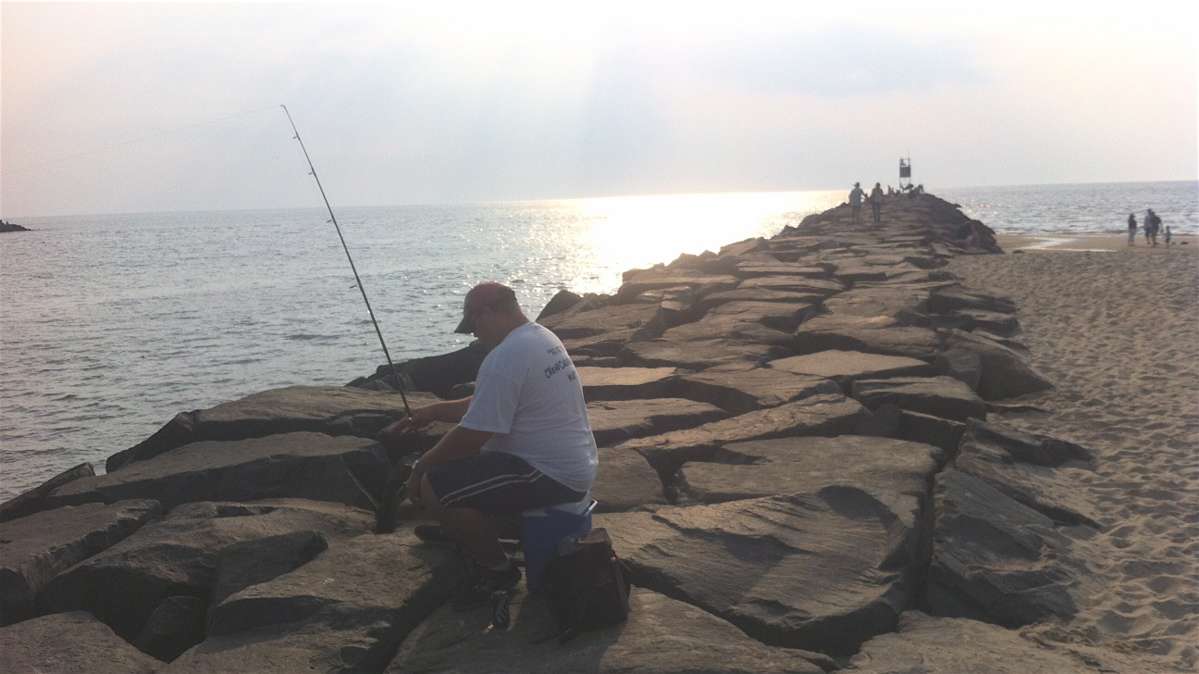The college drinking game
ListenA few years ago, during a discussion in my office, one of my undergraduate students volunteered that she did not drink alcohol. “Between the bar-hopping and the hangovers, it takes up too much time,” she told me. “I need to study.”
But at most of our colleges today, students can drink — some of them quite heavily — and still succeed academically. That’s because we don’t require them to study very much.
And that’s also a fact that we too often omit from our debate about college drinking, which focuses mainly on the most tragic and violent outcomes. Nearly 2,000 college students die each year from alcohol-related accidents and injuries. And almost 100,000 students are sexually assaulted annually in situations that involve alcohol use by the perpetrator or victim.
In response, some colleges now require students to take online courses about the dangers of drink. Others have increased penalties for alcohol possession and public inebriation, while still others–including Bucknell and Temple — have canceled besotted campus traditions like “spring fling.” Last March, Penn State actually paid 34 local bars and restaurants more than $150,000 to refrain from serving alcohol during the student-organized “State Patty’s Day.”
That’s fine, so far as it goes, but it doesn’t go nearly far enough. Every college kid who drinks makes a calculated decision: Do the benefits exceed the costs? Right now, they do: You can spend big portions of your school week “getting wasted” — as the students call it–and still excel at school. If we want to get serious about college drinking, we’ll have to make our institutions more academically serious places.
Alas, they’re moving in the opposite direction. In 1961, the average full-time college student spent 25 hours per week studying; by 2003, it was down to 13 hours per week. Two-thirds of students in 1961 reported studying 20 or more hours per week; today, only one-fifth do.
That’s because we don’t ask them to. In a typical semester, my colleague Richard Arum has shown, half of our college students don’t take a single class that demands 20 or more pages of writing. And one-third of them don’t take a class requiring 40 or more pages of reading.
Meanwhile, their grades keep getting better! In 1960, 15 percent of all college grades were A’s; by 2008, the fraction had skyrocketed to 43 percent. Eight-five percent of our students now have a B-minus average or above, and 55 percent are at a B-plus or better.
You do the math: Lower workloads plus higher grades equals a lot more free time. And a lot of college students use that time to drink, or to recover from the same. About 40 percent of college students “binge drink,” defined for men as having five or more alcoholic drinks in a row — and for women, four or more drinks–at some time in the past two weeks.
Let’s be clear: College students have always drunk copious amounts of alcohol. In the early 1800s, fraternities boasted about the “manliness” of members who could “hold their liquor.” A century later, drink had become a ubiquitous social lubricant for both sexes.
“A dance … can hardly be called a success nowadays unless most of the boys get ‘high,'” Duke University’s student newspaper observed in 1924, “not to mention the occasional girl who cannot be outdone by her masculine companions.” Two years later, the University of Chicago’s 1926 freshman handbook flatly declared that “in order to be collegian, one must drink.”
That was during Prohibition, of course, so drink was a way to defy legal authorities. It was also a way to thumb your nose at colleges themselves, which generally banned the use of alcohol.
Most of all, though, it signaled your disdain for academics and everything they implied. Studying hard at college marked you as a grind, a wimp and a suck-up to the uptight prigs who ran the place. As one observer wrote in 1905, there was “a secret disdain for high scholarship and a feeling that just ‘getting by’ on examination and final term standings is good enough.” He went on to quote a typical student: “Scholarship isn’t very important — good fellowship and school spirit count for a lot more.”
Fast-forward to today’s college students, who routinely tell pollsters that social skills and networking are more important to them than academics are. The big difference is that they are succeeding in school — not simply “getting by” — while doing even less schoolwork. The Gentleman’s C of a century ago has become the Easy A.
Meanwhile, colleges are devoting ever-more resources to improving kids’ social experience. New gyms, dormitories and student centers sprout like modern-day cathedrals across our campuses, all sending the same message: Have lots of fun.
Should we be surprised that students drink lots of alcohol, too? The only way to depress that would be require more work and less play, but that’s not in the cards right now. And that might be the most depressing thing of all.
WHYY is your source for fact-based, in-depth journalism and information. As a nonprofit organization, we rely on financial support from readers like you. Please give today.





